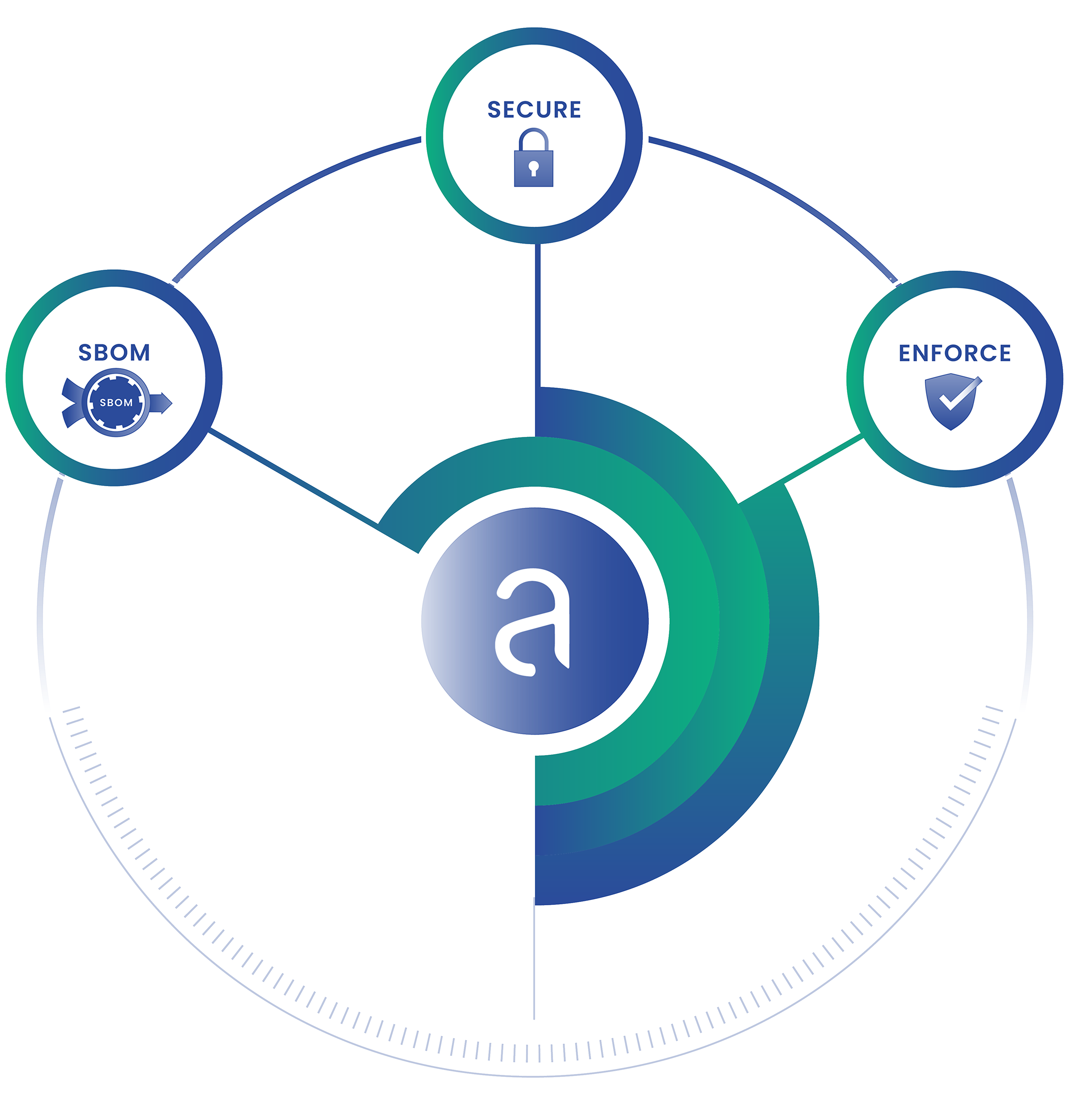Container technology brings about a compute model that has been long been sought after, the ability to allow for agile application development and portability across heterogeneous environments while allowing development and operations teams to align in ways never before possible. Well, that’s the promise for now at least.
The industry backing by the likes of Google, Red Hat, Intel, IBM, VMWare, to name a few, clearly shows strength and staying power of containerized apps for years to come. Google, in fact, has been using container technology since long before the buzz. Docker has helped containers cross over to the mainstream where developers can now extract value easier and faster.
But in reality, container technology has also brought about new challenges that have made deploying in production a near-impossible task. The new compute paradigm, which forces existing infrastructures to be replatformed in most cases, is creating a shift in IT thinking. While a bare-metal to virtualization transition proved a substantial density-added value and fairly easy migration, containers are different. Today, new projects make up the majority of deployments while the migration of existing infrastructure continues to lag way behind.
DockerHub, the largest container repository out there today, has seen close to 1B downloads so far. Spanning operating systems, databases, web services and many other technologies, the sheer download volume alone can intimidate anyone trying to deploy in mission-critical environments (think Linux circa 2000). With the understanding that new features are being added at an unprecedented pace, just keeping up with the latest ones is hard enough, let alone the most stable features.
Having spoken to hundreds of users over the past year, it is clear to us now that transparency and predictability are key to bridging this gap for future production deployments of containers. A billion downloads do not necessarily equate to a stable platform and could instead point to an enormous amount of potential risk. For peace of mind, users today that need a stable platform tend to pivot towards creating their own repositories as a way to mitigate the risk. These repositories will most likely become stale over time while the baseline source continues to evolve and mature. This proves, once again, that the agility of app development and deployment using containers clearly overcomes the need to keep up with the latest and greatest technology in the public repositories.
This is where Anchore comes in. Our goal is to connect these lines by creating a model of transparency and predictability, that allows users, whether in development, operations or security, to all have the tools necessary to effectively capitalize on the container compute model.
Anchore is a tool that allows everyone to not only pick a collection of container-based apps that clearly show the origin and entire history but also apps that have been vetted for security, vulnerability, and functionality completeness. A set of containers that have been “Anchore certified” through collaboration with both internal and community users and tagged as production-ready. Allowing users to not only have stable repository but one that includes the most up-to-date container functionally, security checks, and bug fixes.




